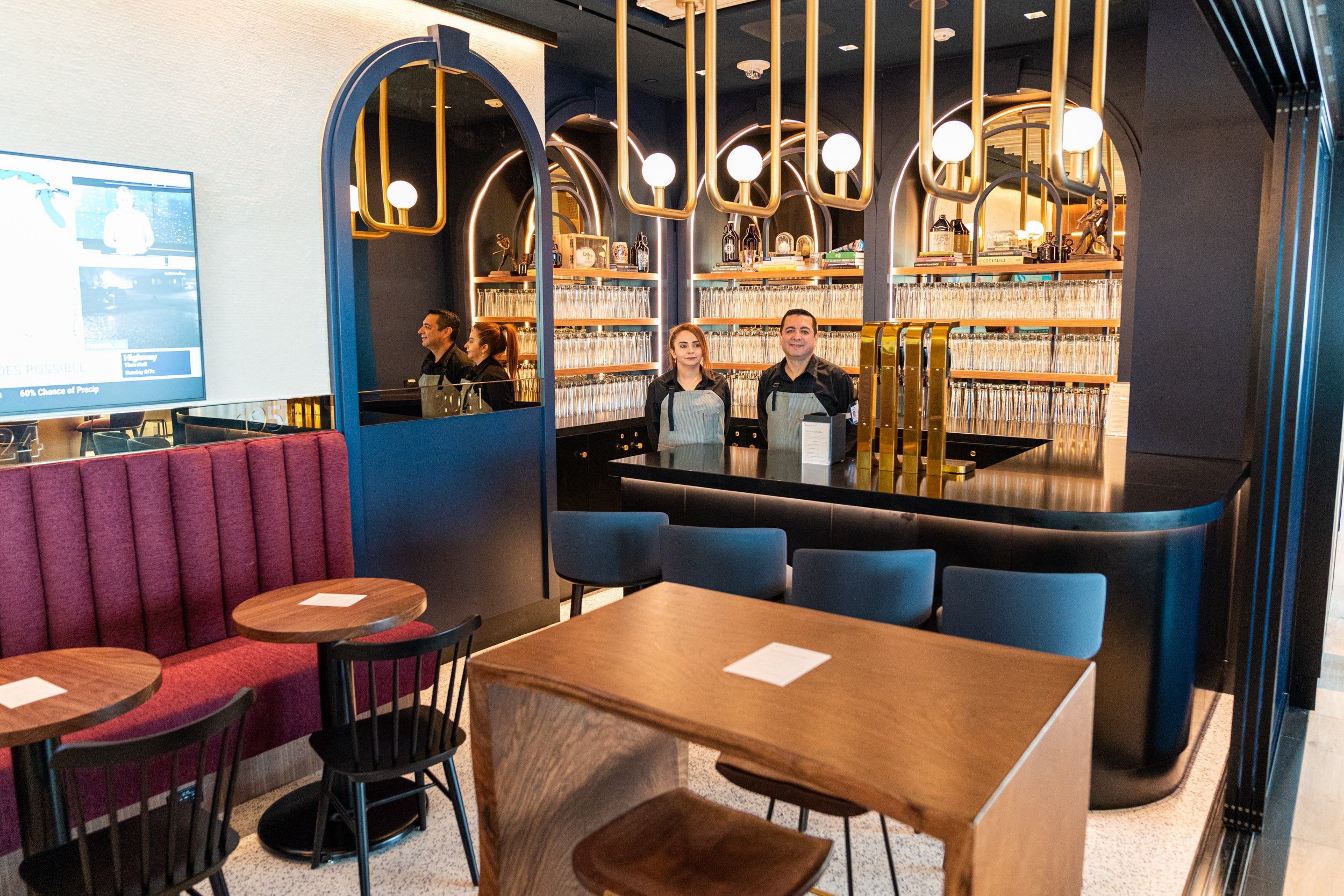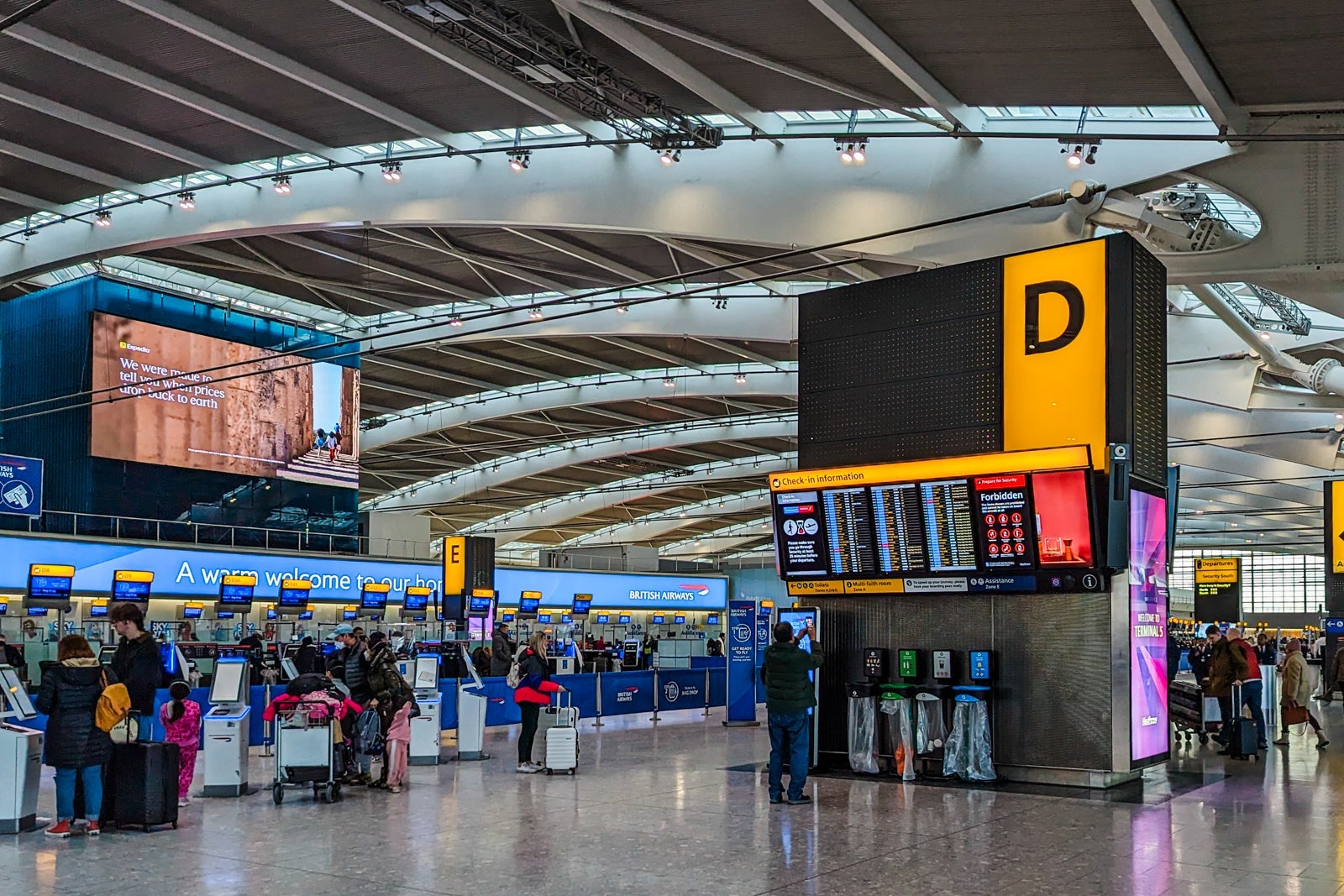The Chase Sapphire Reserve® (see rates and fees) just got its biggest refresh yet — and with it, a significantly higher $795 annual fee. That’s a jump from the previous $550, and it naturally raises the question: Is it still worth it?
We already broke down the pros and cons of the new structure, but in this piece, I’m getting specific: What does it actually take to break even on the annual fee?
Whether you’re deciding to apply or keep the card after your next renewal, here’s what to consider — and how to squeeze real value out of (at least some of) the new perks.
What does the refreshed Sapphire Reserve offer?
Chase rolled out some big changes for new applicants from June 23; existing cardholders get access to the new credits — worth over $1,700 a year — and a revamped earning structure from Oct. 26.
Here’s a quick rundown:
- An up to $500 annual The Edit hotel credit: $250 biannually; a prepaid two-night minimum is required.
- A $300 travel credit: Annually; applies automatically and can be used in full.
- $300 dining credit: $150 biannually; for curated restaurants within the Sapphire Reserve Exclusive Tables program.
- Up to $300 annually in entertainment credits: $150 biannually for StubHub/viagogo tickets (through Dec. 31, 2027).*
- $250 Apple credit: for Apple TV+ and Apple Music subscriptions (through June 22, 2027).*
- Up to $180 annually in DoorDash credits: $15 monthly (activate by Dec. 31, 2027).
- $120 Peloton credit: $10 monthly (through Dec. 31, 2027).*
- Up to $120 annually in Lyft credits: $10 monthly (through Sept. 30, 2027)
Related: Chase Sapphire Reserve statement credits: What are they and how to use them
*One-time activation per service is required through chase.com or the Chase Mobile app.

Cardholders also earn:

Daily Newsletter
Reward your inbox with the TPG Daily newsletter
Join over 700,000 readers for breaking news, in-depth guides and exclusive deals from TPG’s experts
- 8 points per dollar spent on travel booked through Chase Travel℠
- 4 points per dollar spent on flights and hotel booked directly
- 3 points per dollar spent on dining
- 1 point per dollar spent on all other purchases
Plus, all cardholders can now redeem up to 2 cents per point when booking select travel via the new Points Boost feature (no need to wait until October).
When will I pay the new $795 annual fee?
The analysis below is based on the updated $795 annual fee, which is paid by new cardholders who applied from June 23. Existing cardholders who applied for the card before June 23 will pay the increased fee on their next anniversary date from Oct. 26.

You may be lucky like me: Since my renewal is Oct. 1, I’ll get nearly a full year of the new perks at the old $550 rate — a perfect trial run to decide if the higher fee is worth it next year.
What kind of traveler are you?
The key to breaking even on the Sapphire Reserve isn’t using every perk — it’s about using the benefits that make the most sense for you. Here’s how the numbers break down based on how you travel and use the card.
Frequent traveler
You’re a rewards-minded consumer who doesn’t need to use every perk — just enough of the right ones to unlock serious value. You track your credits, redeem points strategically and book through the Chase Travel portal when it makes sense.

Estimated value:
- The full travel credit: $300
- The full Apple credit: $250
- The full Lyft credit: $120
- One of the two hotel credits: $250
- One of the two dining credits: $150
- One of the two entertainment credits: $150
- Eight lounge visits (at $30 each): $240
- Redeem 40,000 points at 2 cents each: $800
Total value: $2,260
What to do? Keep — even by only using some of the credits, you get almost triple the annual fee in value.
Moderate traveler
You travel a few times a year and use the occasional perk — but you’re not chasing every monthly credit. Even without maximizing every benefit, you can still come out ahead.

Estimated value:
- The full travel credit: $300
- One of the dining or entertainment credits: $150
- Half of the DoorDash credits: $90
- Four lounge visits: $120
- Redeem 20,000 points at 1.5 cents each: $300
Total value: $960
What to do? Keep — even using a partial set of benefits, you’re clearing the $795 annual fee by nearly $200.
Casual traveler
You use the Sapphire Reserve mostly for the basics — like earning points on dining and travel — and rarely go out of your way to activate credits or book through Chase. This is where the math starts to fall short.

Estimated value:
- The full travel credit: $300
- Half of the DoorDash credits: $90
- Two lounge visits: $60
- Redeem 15,000 points at 1 cent each: $150
Total value: $600
What to do? Downgrade or cancel — unless your habits change, you’re leaving too much value on the table to justify the $795 fee.
Bottom line
The refreshed Sapphire Reserve still offers excellent value — but it’s not as effortless anymore.
To break even, you just need to use three benefits: the $300 travel credit, one $250 hotel credit through Chase Travel and a single 17,000-point redemption at 1.5 cents each ($255). That gets you to $805 in value — enough to cover the $795 annual fee.
From there, every dining, entertainment or lounge perk pushes you further into profit territory.
If you’re willing to engage with even a handful of these benefits each year, the card more than justifies its new, higher price tag. If not, the Chase Sapphire Preferred® Card (see rates and fees) or a simple cash-back card might be the smarter choice.
To learn more, read our full review of the Sapphire Reserve.
Apply here: Chase Sapphire Reserve
Related: Chase Sapphire Preferred vs. Sapphire Reserve: With new changes in effect, which card is best for you?
